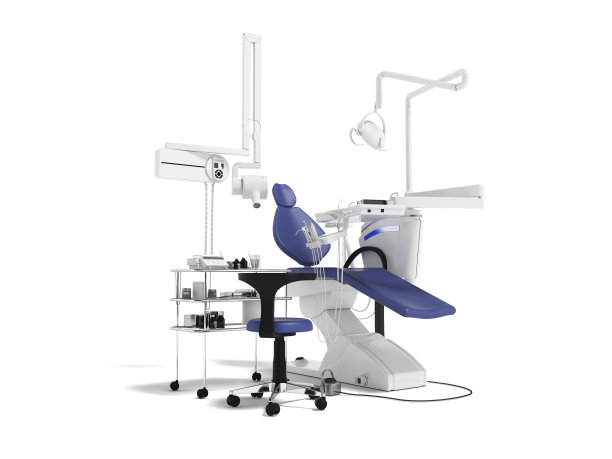Essential Steps to Ensure Safety and Success in Dental Implantation Procedures
Summary: Dental implantation procedures, though widely practiced, require meticulous attention to detail to ensure safety and success. This article outlines essential steps focusing on patient assessment, surgical planning, implant placement, and post-operative care. Each step is critically essential for achieving a successful outcome, minimizing complications, and enhancing patient satisfaction. Understanding the intricacies of these stages not only helps dental professionals improve their techniques but also ensures a smoother experience for patients. By adhering to best practices, potential risks can be mitigated, making dental implantation a reliable and effective solution for tooth loss.
1. Comprehensive Patient Assessment Techniques

The foundation of successful dental implantation procedures begins with a thorough patient assessment. Dental professionals must evaluate the patients overall health, including any underlying medical conditions that may complicate the procedure. A complete medical history, including medications and allergies, should be documented to avoid potential adverse reactions.
Moreover, imaging techniques such as X-rays or CT scans are crucial for determining the quantity and quality of bone available for the implant. These images provide valuable information that assists the dentist in selecting the right type of implant and understanding the anatomical areas that might present challenges.
Additionally, engaging the patient in a conversation about their expectations and concerns is vital. Educating them about the procedure, potential risks, and benefits can foster trust and facilitate a more informed decision-making process.
2. Effective Surgical Planning and Strategy
Surgical planning is a critical step in any dental implant procedure. Once the patient has been evaluated and deemed a suitable candidate, a detailed surgical plan must be developed. This plan should include the type of anesthetic to be used, the surgical techniques involved, and the specifics regarding the placement of the implant.
Utilizing advanced technology such as computer-guided implant planning can significantly enhance accuracy and safety. These digital tools allow for a virtual assessment of the patients dental anatomy, enabling precise placement of implants and reducing the risk of complications during surgery.
Additionally, dentists should carefully consider the timing of the implant placement. In scenarios where bone grafting is required, it’s essential to establish a timeline that reflects the healing process. Failure to account for healing times can jeopardize the success of the implant and compromise the osseointegration process.
3. Precise Implant Placement Techniques
The actual placement of the dental implant requires a high level of precision and skill. Following the established surgical plan, the dentist begins by making an incision in the gum tissue to expose the underlying bone. It is crucial to maintain a sterile environment to minimize the risk of infection during this phase.
During the placement, the dentist must use specialized tools to create a site for the implant, ensuring that the right dimensions are achieved. The angle and depth of the implant should be carefully monitored to ensure proper positioning for long-term stability.
Once the implant is placed, it may require covering with sutures or a healing cap to facilitate proper healing. Proper monitoring of the area post-placement is necessary, as any signs of infection or complications should be addressed immediately to prevent further issues.
4. Optimal Post-operative Care and Monitoring
Post-operative care is a crucial aspect of the dental implantation process that should not be overlooked. After the procedure, patients receive specific instructions regarding pain management, oral hygiene, and dietary restrictions to ensure proper healing. Its important for them to follow these guidelines to reduce the risk of complications and promote successful healing.
Follow-up appointments play a significant role in monitoring the recovery process. These visits allow dental professionals to assess the condition of the implant site and ensure that osseointegration is progressing as planned. If any issues arise, timely interventions can be made to address them before they develop into significant problems.
Moreover, providing ongoing support and education to the patient post-surgery can be beneficial. It helps reinforce the importance of maintaining oral hygiene and regular dental visits, which contribute to the longevity of the dental implant.
Summary:
In conclusion, ensuring safety and success in dental implantation procedures involves a structured approach comprising thorough patient assessments, effective planning, precise placement, and careful post-operative care. Each step is integral to the overall outcome, affecting not just the technical success of the implant but also the patients comfort and satisfaction.
A footnote worth noting is that thorough adherence to these guidelines can help minimize complications and elevate the level of care provided to patients. Continuous education and practice refinement will benefit both dental practitioners and those they serve.
This article is compiled by Vickong Dental and the content is for reference only



